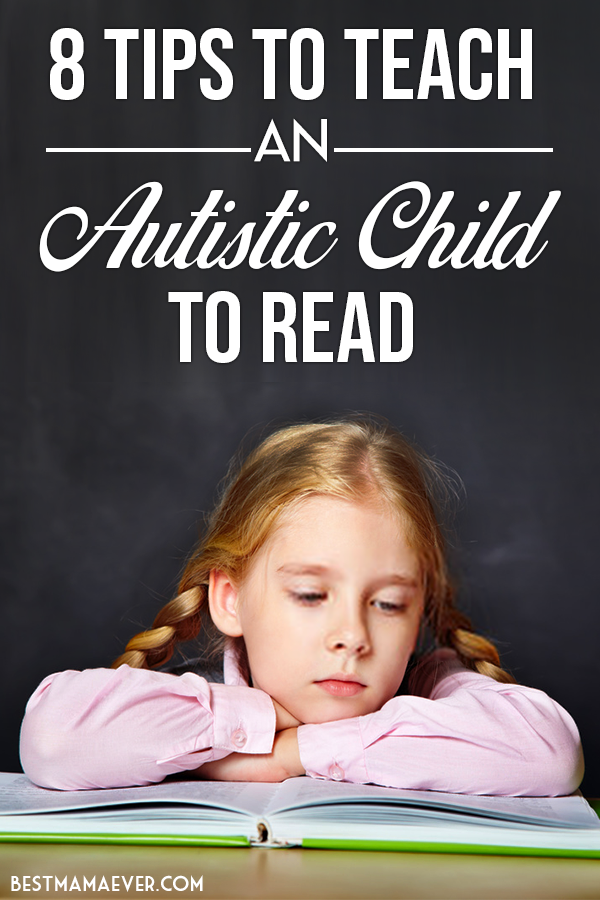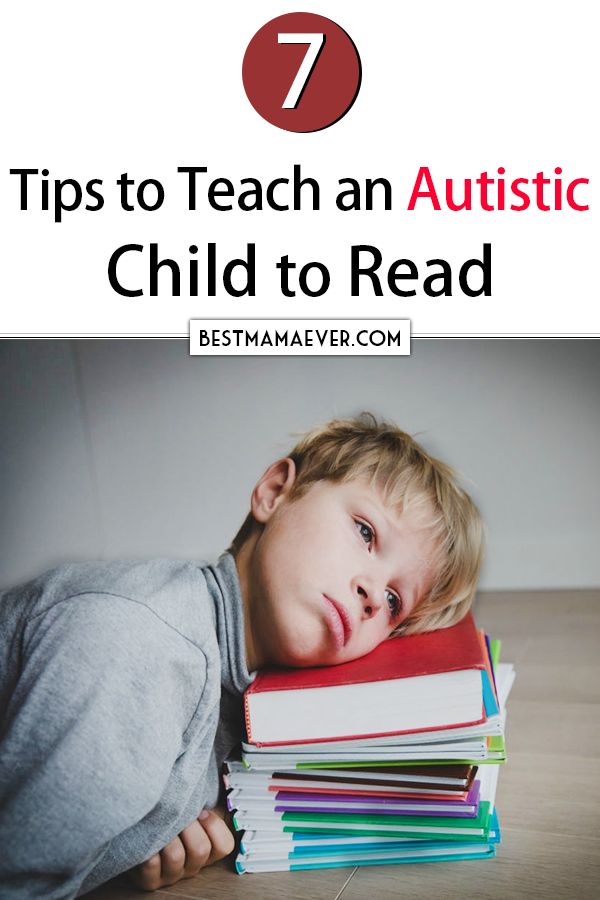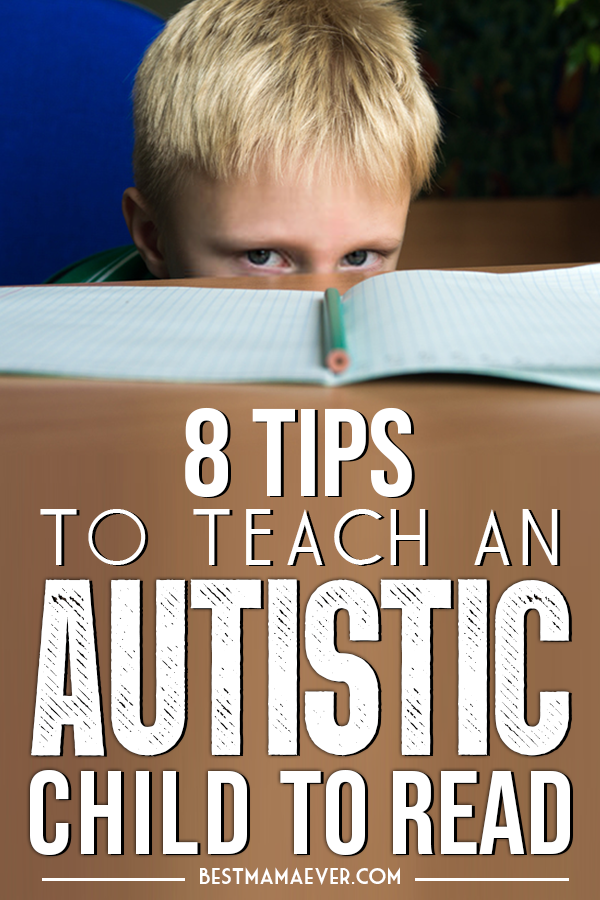Cognitive Profiles Of Individuals With Asds
Nonetheless, cognitive profiles of children with ASDs can provide insight into reading comprehension strengths and weaknesses. As previously discussed, individuals with autism tend to focus attention on details, or single words, rather than global coherence . Thus, children on the spectrum have well-developed word recognition skills. But can these children understand the assembly of words into sentences to comprehend at the sentence level? Early research has established that children with ASD have strengths in syntactic processing and weaknesses in semantic processing .
Evidence from neuroscience also supports the conclusion that individuals with ASDs are able to process text at the sentence level. In an fMRI study, individuals with high-functioning autism showed more activation in the parietal and occipital regions of the brain than control subjects . The study concluded that individuals with autism relied more on visual imagery to understand sentences than those in the control group. These researchers suggested that thinking in pictures in order to understand sentences was an adaptation to underconnectivity because connections between frontal and parietal regions are compromised in autism. We next examine how this underconnectivity may contribute to reading comprehension deficits at the discourse or text level.
Autism Phonics Or Whole Word: Which Is Best For Teaching Reading
Is it best to teach children with autism phonics or the whole word approach for reading lessons?
I can imagine you may be wondering what on earth I’m talking about.
The reading teachers of this world mostly hold to two different ideas on how we should teach reading to children.
Some teachers think that we should teach children with autism phonics . That method involves teaching letter sounds and blends, such as sh, ch, and ou. Once children know these sounds, they can put them together to read each word.
With the whole word approach, children learn to read by memorizing each word as a whole. For example, when presented with the word “dog” children must simply memorize that word as a whole rather than learning the sounds and putting those sounds together.
Now that we understand what each method involves, we will look at the facts to find out whether we should be teaching our children with autism phonics or the whole word approach.
With so many children who struggle, especially our kids with autism, wedesperately need to make learning to read as easy for them as possible.
That said, it only makes sense to look at the facts to find ouranswer to this important question.
Get Your Sight Word Freebie
I have a son without special needs who is learning to read in kindergarten. He needed a little extra practice learning the sight words so I created this Sight Word Practice Sheets resource for him to practice reading and writing sight words in a variety of ways. He LOVED them.
I had to keep printing out more sheets because he didnt want to stop doing them! This is a child that hates worksheets, complains through homework time, and was getting frustrated with school work. Success at last!
I was getting low on printer ink so now I just have the sheets in a binder with sheet protectors so he can complete them with a dry erase marker. He continues to ask for the binder and his reading has skyrocketed since! You can get the FREE Sample Practice Sheets HERE.
You May Like: Does The Good Doctor Really Have Autism
Offer Accommodations For Students With Limited Motor Skills
Some students with autism may have more trouble with activities that require fine motor skills than others. In an article with the Indiana Resource Center for Autism, renowned scientist and advocate Dr. Temple Grandin suggests offering accommodationslike typing on a computer instead of writingto mitigate these challenges.
When it comes to specific accommodations, it may depend on the individual. Its always a good idea to reach out to a students family to determine the best resources for their child.
Here Are Some Strategies That Can Work:

- Discussions. Instead of a list of questions to be answered at the end of the book, try making it less formal. Discuss the book together, finding out what they do know about it rather than what they don’t.>
- Don’t wait until the end of the book to ask questions. Try discussing the book regularly throughout. That way you are less reliant on the child’s memory of the story and you are reminding them to think about the book as a story and not a collection of words they’ve read
- Give the story meaning. Use a storyboard to draw out the story together or use another form of visuals. A storyboard or visuals could help them answer the questions.
Another point to be aware of is that many children with autism think literally and will therefore find ‘reading between the lines’, inferring and predicting what will happen in the story challenging. Also hidden meanings, sarcasm, and phrases such as ‘it’s raining cats and dogs’ may be confusing. You can help by being mindful of this with your choice of books and explaining sayings / provide the meaning.
You May Like: Autism Functioning Levels
Provide Direct And Explicit Phonics Instruction
Direct phonics instruction for reading requires explicitly teaching the 44 consonant and vowel phonemes in a logical sequenced curriculum.
For children with ASD, explicit teaching effectively breaks learning-to-read into manageable chunks.
Current best practice in pedagogical learntoread research supports short, phonicsbased instructional sessions. Reading Eggs explicitly and systematically teaches letters and sounds to build letter recognition and alphabet knowledge. Each letter/sound correspondence is explicitly taught and every lesson can be regularly repeated.
By bringing together explicit, systematic teaching with interactive, engaging activities, Reading Eggs is able to deliver a program that helps unlock reading for children.
Reading Eggs features highly structured, systematic and sequential phonics lessons that support children of all abilities along their reading journey. Free trial
Strategy #: Focusing On Autism Reading Comprehension Strategies
Reading is an essential skill for lifetime learning. Without strong reading comprehension skills, not only are students likely to struggle with completing their assignments and retaining information theyre also at risk for additional problems. According to The Childrens Reading Foundation, children with poor reading comprehension are more likely to struggle with low self-esteem and feelings of inadequacy, and may even be in danger of attendance and dropout problems.
Because some research has shown that reading difficulties are common in children with ASD, educators should be mindful of their strategies for teaching literacy. Here are five techniques that educators can use to teach stronger reading comprehension skills to students with ASD:
You May Like: Freddie Highmore Autism
How To Teach An Autistic Child To Read
Fact-checked by Vincenza De Falco, Autism & Learning Disabilities Specialist Coach.
Children with Autism Spectrum Disorder are all very different from one another, but they experience similar challenges in learning how to read. The challenges vary because Autism is on a spectrum, but for most of these children, foundational language skills and social skills are impacted.
Because these challenges often affect reading comprehension skills, learning strategies, and a childs readiness to learn, it is essential to provide Autistic children with tools that will help them to become successful readers.
Contents
What Should You Avoid
When you start out, you need to keep instructions simple and avoid complicated instructions. Use as few words as possible to explain the task and keep it simple. Your autistic child needs as much time as it takes to master each little milestone before moving on.
Also, you should avoid figurative language. You should not use idioms or metaphors instead, stick to literal words and sentences. Although people with Autism may be able to learn the figurative language, they need to learn the basics first so that they do not become overwhelmed. In the beginning, stick to what is literal.
Finally, you need to be patient. This is true with any child, but it is vital with autistic children. Learning to be patient with your autistic child will provide an opportunity for growth and development.
Read Also: Toys For Autistic Toddler
Find Books That Use Simple Concrete Language
Generally speaking, children with Autism find it easier to learn when they read books with language that is simple and concrete. You can make it a multisensory experience by using visual aids such as having pictures in the book. You can use flashcards to make associations between words and a visual clue, or you can make noises to mimic words in the book.
The Asd Reader: Characteristics Of Children With Autism Spectrum Disorders
As previously mentioned, children on the autism spectrum exhibit a range of strengths and weaknesses, suggesting that a single reading comprehension intervention may not be appropriate for all. To provide a sense of the range of characteristics and possible interventions, we have included in our review studies that target children at different points on the spectrum, including children with autism and serious cognitive deficits, as well as those with high functioning autism and Aspergers Syndrome.
You May Like: Life Expectancy Of Autism Spectrum Disorder
Autism And The Challenges Of Reading
It is common for children with autism to have difficulties learning in traditional ways. This is simply because their brains process information differently than that of neurotypical children.
Some children with ASD can pay attention for a limited time when listening to someone tell a story or learning to read by themselves. On the other hand, they may start reading very early and show great interest in certain subjects, wanting to read everything they can about the topic.
It is also common for these children to be visual thinkers, which means they think through images rather than words. Other autistic children learn better through sound, or even through tactile stimuli.
Autism can also cause difficulty in assimilating and memorizing sequences, such as long phrases, numbers, or multi-step instructions. This can be a challenge for understanding texts.
Regardless of what characteristics the child has, its possible to use different techniques to help them learn with efficiency. Simple multisensory stimuli, step-by-step teaching, and establishing connections with the childs daily activities all help to involve the child in the learning process actively and thus develop reading skills.
Great Books For Inferencing Practice

If youre looking for some books for read-aloud time to practice inferencing skills with your younger students, these books are a great place to start. You probably have at least one of these in you home or classroom library:
I Went Walkingby Sue Williams
This is Not My Hat by Jon Klassen
My Lucky Day by Keiko Kasza
These books are excellent for older students:
Tuesday by David Wiesner
The Bracelet by Yoshiko Uchida
Draw!by Raul Colon
Also Check: The Symbol For Autism
Teaching Reading Comprehension: A Guide For Parents And Educators
You can help your student with autism reading comprehension strategies and skills. In this webinar, one or our PRIDE Reading Specialists shares practical tips, examples, and advice for parents and teachers to help early and struggling readers develop their comprehension skills. These are ideas you can start using with your student today.
Use Picture Cards To Help The Child Create Sentences
Based on how an Autistic child learns, picture cards can be useful for her to create sentences. Teachers use picture cards to teach children how to read. The pictures are of everyday objects, with the names of each item printed on the back. These cards can be useful when teaching Autistic children how to write sentences because they can arrange the cards into coherent sentences.
Of course, there are no picture cards that represent sentence helpers, such as the words a, an, and the. However, you could write those words on small paper blocks to put between the picture cards to stimulate a childs imagination for sentences.
You May Like: What’s The Symbol For Autism
Art Supplies Can Help Your Child Learn How To Write Sentences
Because Autistic children think in pictures rather than words, buying some art supplies might help them learn how to write sentences. Construction paper, crayons or markers, or fingerpaints can encourage them to create pictures of what they want to write about. Choose materials that the child will enjoy the texture of, as she may not respond well to some textures.
Teaching Children With Nonverbal Autism To Read
This weeks Got Questions? response is by psychologist Charlotte DiStefano, an Autism Speaks Meixner Postdoctoral Fellow in Translational Science, at the University of California, Los Angeles. Dr. DiStefanos Autism Speak Meixner Fellowship in Translational Research involves identifying brain activity patterns that relate to language and literacy abilities in minimally verbal children with autism. The hope is to guide the development of individualized therapy and educational programs that best address each childs needs.
Any suggestions for teaching a nonverbal 8-year-old to read? He can form sentences using augmentative communication.
Im so glad youve asked this question. Many people wrongly assume that children who dont speak cant learn to read. But thats definitely not true!
Two years ago, I published the results of a small study on the effectiveness of a reading program adapted for minimally verbal 5 and 6 year olds. All the students showed increased story comprehension and engagement. Unfortunately we have little other research on reading ability or literacy among minimally verbal kids with autism. As a result, we really dont know how many nonverbal or minimally verbal children with autism can read or have the ability to learn how to read.
For kids who use no or minimal spoken language, this obviously presents some difficulty. How can a child learn to sound out words when he or she has difficulty making sounds?
2. Nonverbal interactive reading
Recommended Reading: Is The Good Doctor Good Representation
Just Like Me Activity
For this activity, gather all of your students together on the floor so they can all see each other. Have each child take turns sharing something about themselves, like:
- I have a pet dog.
- I can play the piano.
- My birthday is in September.
- I love to play soccer.
- My favorite color is yellow.
If a statement also applies to other students , instruct them to raise their hands. This will help remind students that they share more similarities than differences with their peers and that they can always find something to talk about.
Why Reading Is Difficult For Those With Asd
Individuals with Autism Spectrum Disorder have specific challenges around reading. Many struggle trying to acquire reading skills through phonemic awareness or a phonics based approach. This difficulty may have a genetic origin found on the irregularities of chromosome 1, 6, 7 and 15. Here is what those chromosomes are responsible for:
- Chromosome 1 phonemic decoding and phonics
- Chromosome 6 phonemic awareness
- Chromosome 7 oromotor skills
- Chromosome 15 cognition and motor skills responsible for single word segmentation
Its important to be aware of this genetic predisposition because it may cause significant difficulty learning to read through a sound-based approach. The alternative is to offer whole word sight recognition. This is how both of my children learned to read and they are excellent readers as adults, although they still struggle with comprehension.
Not all children will need the whole word approach. If a child is verbal and speaks intelligibly, they can usually learn to read using a sound-based approach. If the child is non-verbal, acquiring verbal skills, or echolalic , they tend to learn best with the whole word approach.
Read Also: Social Blade Tfue
How Children With Non
Autistic brains work differently from neurotypical brains, and differently from other autistic brains. One consequence of this is that autistic people frequently learn differently as well, so the normal methods for teaching a child to read may simply not be as effective with your autistic child.
While autistic children often learn differently, it is untrue that they cannot learn at all. It is a case of finding the way that your child learns best and then adapting that to introduce them to reading. This may be by listening, through visual methods such as pictures, by touch or by other means. You know your child best, and you can get to know how they learn by watching how they play and interacting with them as much as possible.
Why Some Children Are Never Taught To Read

Some children are never taught to read because they never master the prerequisite skills. Most reading instruction involves learning the alphabet, the sequence of the letters, and the sound/symbol associations. The learning style of children with ASD is more visual than auditory based, so a phonics based-approach of sounding out words is labour-intensive and time consuming which causes frustration. Sounding words out slowly does not allow for speed and fluency, hampering understanding and meaning. The problem with slow reading is the child becomes so focused on individual words that he forgets what he read before and has to go back and re-read. Abandon the sound-based approach if a child is not having success in a reasonable amount of time. There is another way to teach reading that will be more successful.
You May Like: Autistic Surgeon Show